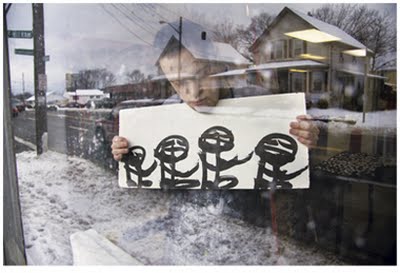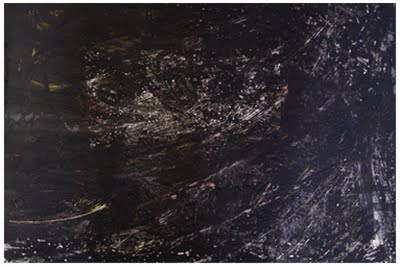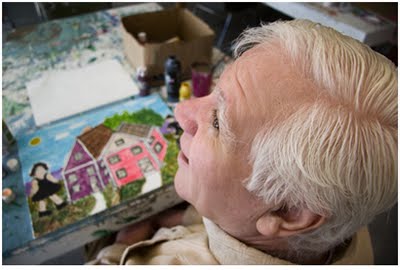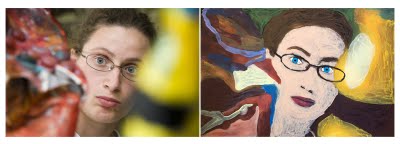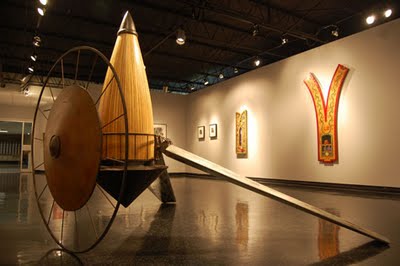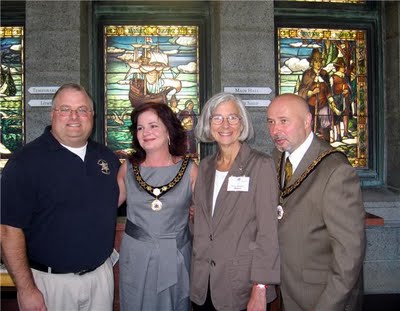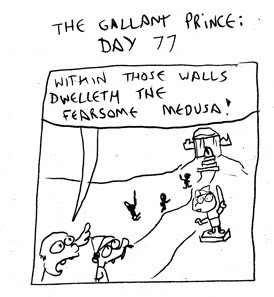Brandeis University today filed a motion to dismiss the
suit brought by three overseers of the Waltham school’s Rose Art Museum, according to Brandeis spokesman Dennis Nealon. The motion filed in Suffolk Probate and Family Court by Thomas Reilly, the former Massachusetts attorney general who is representing Brandeis in the matter, argues that the overseers don’t have standing to bring the case – and their proposals could threaten charities across the state. A hearing is scheduled to address the matter on Oct. 13.
“This case is about an attempt, by three members of an advisory board to a university art museum, to take exclusive control of the entire collection of that museum for their own personal objectives,” Brandeis’s motion begins.
Brandeis’s motion is an expected response to the suit filed by Rose overseers Jonathan Lee of Brookline, Meryl Rose of Swampscott and Lois Foster of Boston on July 27, seeking to stop Brandeis’s threatened sale of works from the Rose’s collection and preserve the museum. In addition, they argued that if the Rose museum can’t be saved, the collection should be given to a new Rose Preservation Fund that they would start independent from Brandeis.
Brandeis’s motion rejects the overseers’ attempt to seize the collection for a Rose Preservation Fund: “Such an extraordinary conversion of charitable educational property to private purposes would be unprecedented in centuries of Massachusetts charities law. … The unprecedented power they seek would disrupt the governance not just of Brandeis and every college and university in Massachusetts, but every charity in the Commonwealth.”
This whole drama began on Jan. 26 when Brandeis’s Board of Trustees, faced with what ended up being a 17.3 percent decline in its endowment over the 2008-2009 fiscal year, unanimously authorized the university’s administration “to take the necessary steps to transition the University's Rose Art Museum to a teaching center and exhibition gallery. These steps shall include, to the extent appropriate, review by the Office of the Attorney General of the Commonwealth of Massachusetts and court approval, followed by an orderly sale or other disposition of works from the University's collection. The proceeds shall be used to help address the University's needs and preserve the University's assets during this period of economic challenge.”
Brandeis leaders have since made noises about not closing the Rose and not selling off the entire collection, but never actually contradicted the January announcement. And today’s motion claims, in passing, that museum ethical codes “do not apply to it.”
The Brandeis motion argues that the overseers “at most” could have standing regarding their own donations, but no standing to represent the public interest or other donors, including close relatives. Their position as overseers, it asserts, gives them no standing to their claims. Only the Massachusetts attorney general has standing to represent the public interest, it continues, and “she has not made any claim against Brandeis in this regard.” But, the motion adds, “Brandeis does not believe Plaintiffs have any standing, even with respect to their gifts.”
The motion downplays the three overseers' connections to Brandeis and the Rose, going so far as to note that Foster’s late husband “Henry Foster gave substantial sums to Brandeis and the Rose, and he alone signed most of the instruments of gift”; that it was Lee’s late mother who made substantial gifts to the museum not him; and that Meryl Rose is not related to the Roses whose donations helped found the Rose Art Museum – um, except by marriage.
In the meantime, the Rose is scheduled to open a major survey of its collection on Oct. 28 to coincide with the publication of a new catalogue of the collection by Abrams Books.
Previously:Dec. 23:
Rose freezes curator searchJan. 26:
Brandeis to close RoseJan. 27:
Update: Brandeis to close Rose, sell artJan. 27:
Brandeis president’s e-mail on RoseJan. 27:
Brandeis’s moneyJan. 27:
AG on Brandeis's plansJan. 29:
Brandeis’s liquidator-in-chiefJan. 29:
The first painting Brandeis should pawnJan. 29:
Question: Brandeis financial management?Feb. 5:
Brandeis won’t close Rose?Feb. 5:
Will defunct Rose replace defunct Safra Center plan?Feb. 9:
Open discussion at the Rose tomorrowFeb. 11:
How do you solve Brandeis’s budget crisis?March 16:
Rose family objects to closing Rose museumMarch 16:
What is the Rose family saying?May 15:
The end of the Rose?May 20:
Voices from the Rose.May 20:
Rose collection treasures.July 27:
Rose overseers sue to preserve museum, stop sale of art: If museum can’t be saved, they say give art to new Rose Preservation Fund.
July 31:
Key weaknesses in the Rose suit.






